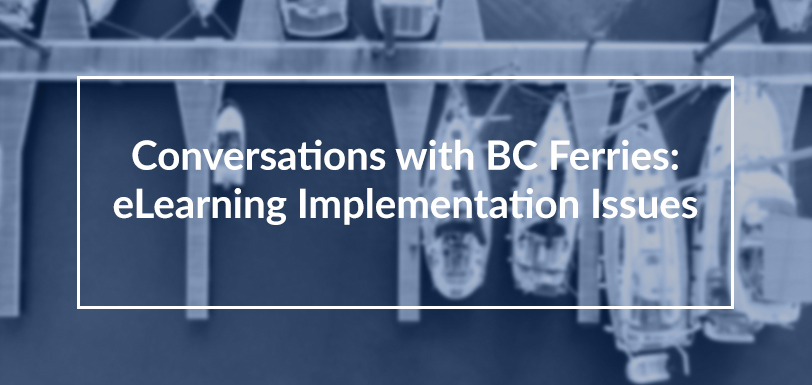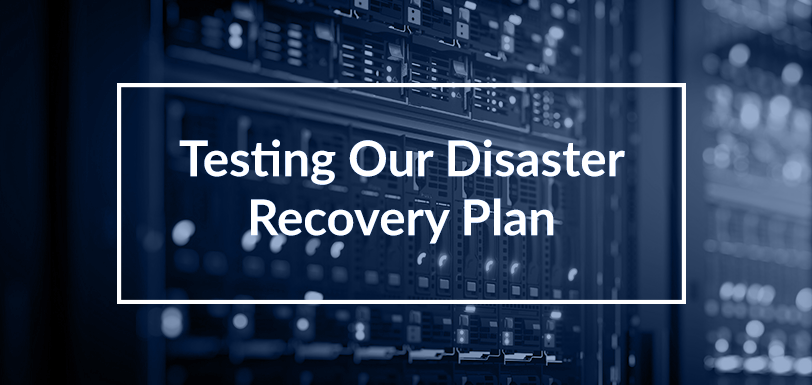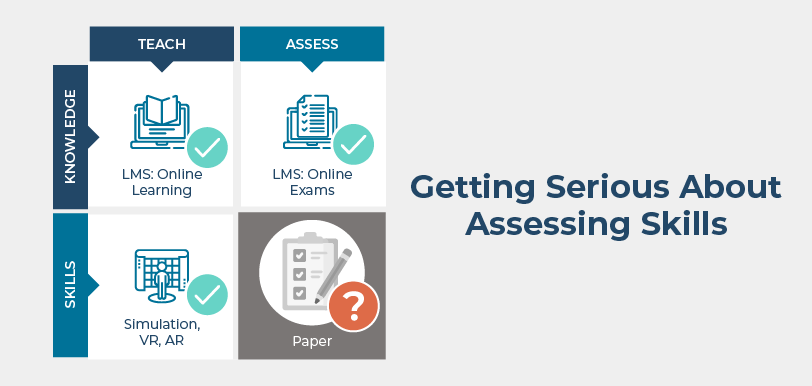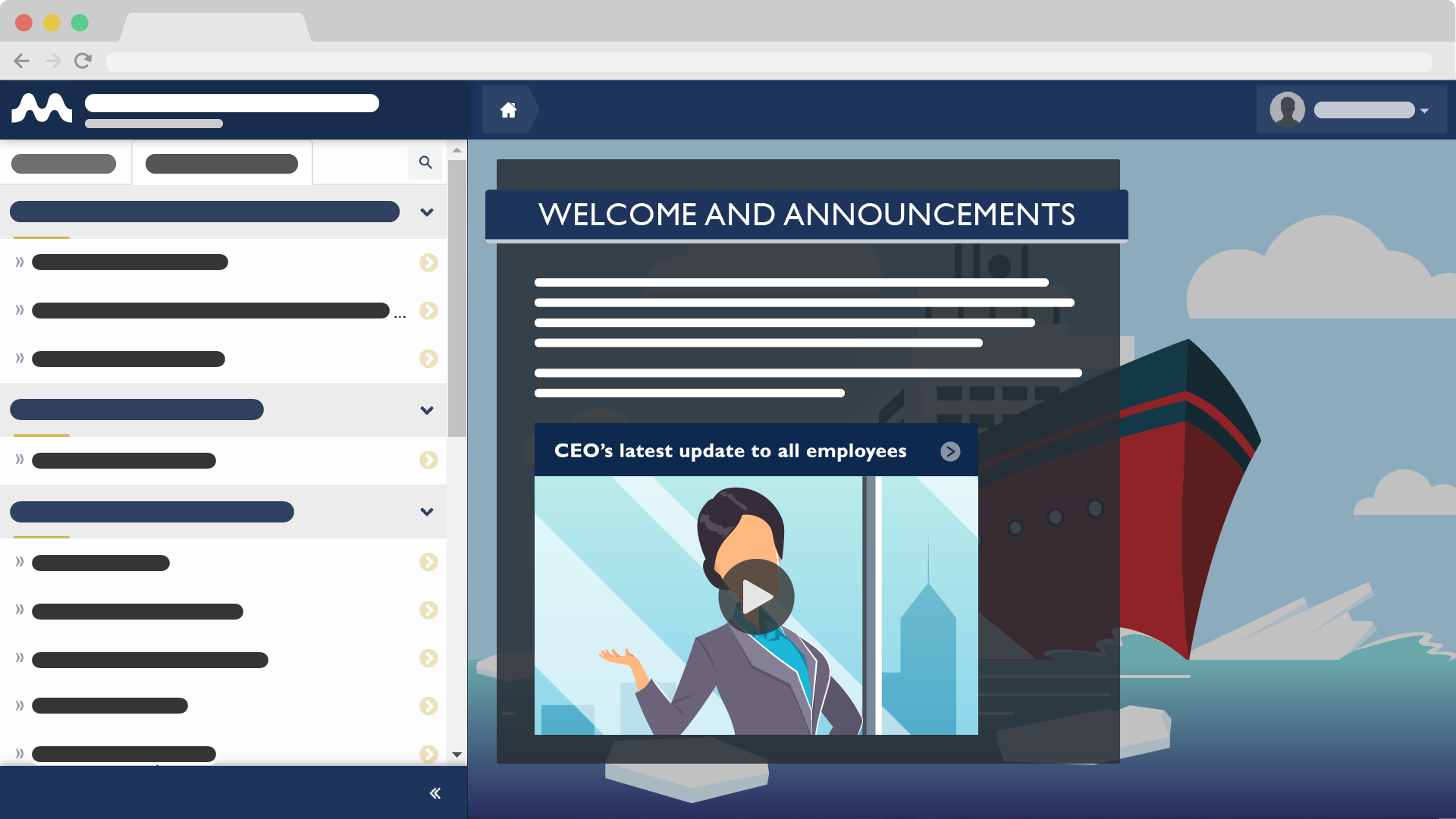Conversations with BC Ferries – eLearning Implementation Issues
Mar 19, 2019 Marine Learning Systems 0 blended learning, Interview, Maritime TrainingPhoto above taken by Sweet Ice Cream Photography on Unsplash
Introduction
This is the second blog in a series that transcribes an interview Murray had with Jeff Joyce from BC Ferries. We spoke at length about his experience with implementing eLearning in a traditional organization, the challenges faced, lessons learned, and the results of investing into training and improving safety culture.
eLearning Implementation Issues
Murray: What kinds of issues did you run into? I mean, did you see that the same kind of perhaps initial aversion or reluctance or traditional kind of approach that made implementing blended learning approach difficult initially? what difficulties did you encounter? What support did you encounter with the industry? how did you overcome the difficulties and take advantage of the support and so on?
Jeff: Yeah, it was definitely a journey, you know. Initially, our perspective was that less about was this blended learning, or was this not blended learning, it was more much more so what will actually work for a company. Our company is, you know, 35 ships 47 terminals but it’s spread over about a thousand miles of the British Columbia coast so there’s a lot of geography there, there’s a lot of employees spread out over long distances and there’s some areas that have lack of connectivity in terms of the internet and so on. So, we actually had to find a way, as we did together, that would serve our needs and be sustainable through the long haul and that turned out to be the blended approach, which is great. The initial presentation and so on of the plan of the proposal and how to develop SEA (Standardized Education and Assessment) and what it would look like and so on was met with reluctance. It was met with some reticence-
Murray: at all levels or top, bottom, in the middle?
Jeff: Mostly the middle and top level because we really understood, and let’s be clear that this is a, you know, a resource much more resource intensive than our previous approach training. Until then in accordance with our regulator, Transport Canada, delivered our operational training our onboard training through a model called familiarization. So essentially, the new employee would shadow of an employee that’d been there for some time and was willing to do that, and at some point during that shadowing they would have been assessed to see if in fact they were ready to do the job if not and they would continue to be familiarized.
With SEA, with the blended learning approach we recognize that really want a dedicated trainer. Now they could get operational folks, in fact, that made a lot of sense but they would be seconded from the regular operational job to deliver the training with the material that they, in fact, had helped build which was the other key engagement piece on it. So, a fair amount of reluctance around the resource piece and you got to look, keep it in perspective, this was back in 2008, 2009. Our ridership numbers were down, price of fuel was up, Canadian dollar was doing all right so everything that normally creates a boom year for us in terms of customers hadn’t occurred. We were actually looking at ways of saving money, so now, you know, and you bring a learning program in that that’s going to cost some dollars, of course there’s going to be some reluctance when the rest of the company is trying to save in order to get through that tough time.
Follow this Blog!
Receive email notifications whenever a new maritime training article is posted. Enter your email address below:
Interested in Marine Learning Systems?
Contact us here to learn how you can upgrade your training delivery and management process to achieve superior safety and crew performance.






